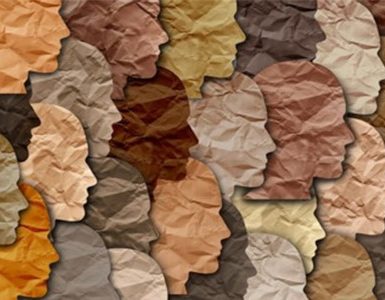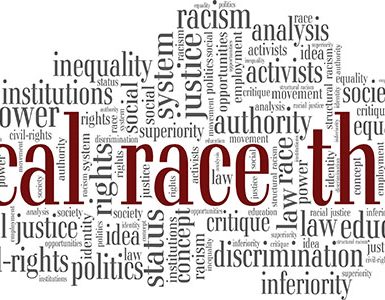It’s not hard to empathize with people who are affected by the coronavirus pandemic. After all, most people have been directly or indirectly impacted by the public health crisis in some way—physically, socially, financially, and/or emotionally. According to a recent survey by the Pew Research Center, about nine in ten Americans say their personal lives have been impacted by COVID-19. Four in ten say this impact has been major.
This impact is even greater on at-risk populations. Among these populations are Washington DC-area young people experiencing homelessness—including those in shelters, in motels, doubled up, and on the street. These children and teens count on the public school system—now closed for the rest of the school year—for much more than just access to education.
Keep reading to learn about the challenges these young people face and what the district is doing to support them.
The Impact of COVID-19 on DC’s Young Homeless Population
According to the U.S. Interagency Council on Homelessness, 7,445 public school students in Washington DC experienced homelessness during the 2017-2018 academic year. Research shows these homeless youths are already disadvantaged when it comes to their academic careers, even without a pandemic going on.
For example, children who are homeless are more likely to experience truancy and absenteenism—at a rate of up to four times higher than children living in non-low income households. Children experiencing homelessness also tend to perform worse on standardized academic acheivement tests and have lower vocabulary skills compared to their housed peers. These types of poorer academic outcomes are linked to multiple factors including health problems, transportation obstacles, toxic adult and peer relationships, difficulty obtaining school clothes and supplies, stress, and hunger.
Hunger—which affects about 1 in 5 kids in the DC area—is of great consequence. Without adequate nutrition, children are at increased risk of illness, developmental delays, and learning and behavioral problems, all of which further impact academic participation and success.
Of course, efforts have long been in place to help hungry kids in the DC area. For example, about 75 percent of DC public school children qualify for the National School Lunch Program which provides low-cost or no-cost meals on school days.
But in an effort to slow the spread of COVID-19, all DC public schools are now cloed for the rest of the year. This has left many homeless children worried about where they will get their next meals—let alone if and how they will self-isolate or practice social distancing.
COVID-19 has also led to restrictions of social services in area shelters, which leaves homeless people of all ages at risk for increased social and mental health challenges and delay in care.
Experts anticipate another serious effect of this pandemic, too. Globally, homeless youths are already considered high risk for trafficking and predation. But the stress and turmoil of job loss, illness, and other pandemic-related issues are projected to raise the rates of domestic violence, child abuse, child labor, and sexual exploitation, including online.
In Washington DC, child sex trafficking occurs daily and predominantly affects homeless and at-risk youths. As in other areas of the country, this illegal act in the city is expected to increase due to the widespread affects of COVID-19.
What’s Being Done to Support the DC Young Homeless Population During the Pandemic
The good news: DC officials, business owners, and community members are taking action.
For example, the DC public school system has set up meal sites throughout the city. These meal sites serve free meals to anyone under 18; some also distribute groceries as supplies last. In addition, over 20 restaurants and organizations are offering free meals to children, along with elderly citizens, medical workers, and adults experiencing homelessness.
Human Rights Watch also offers several suggestions to local and state governments that can further protect children’s rights, including economic assistance, public education, hotlines and support services, and academic outreach using all available technology.
But the true challenge may lie in an unfortunate paradox:
All at-risk and homeless children need services and support right now to reduce the negative consequences of COVID-19 and protect their physical and academic well-being. But any services that depend on a safe home environment, reliable transportation, and regular internet access are likely not going to be easily accessible to these kids.
So, local and state officials must be prepared to be flexible, identify and attend to this at-risk population’s needs, and creatively address barriers to access—of food, education, and safety.
***
https://patch.com/district-columbia/washingtondc/dc-homeless-stricken-covid-19-side-effects
https://www.childrenslawcenter.org/story/hidden-world-child-sex-trafficking-dc
https://www.hrw.org/news/2020/04/09/covid-19s-devastating-impact-children#
Despite COVID-19 closures, restaurants and other nontraditional sources are feeding people in need
https://www.feedingamerica.org/hunger-in-america/impact-of-hunger
https://www.hrw.org/news/2020/04/09/covid-19s-devastating-impact-children
Most Americans Say Coronavirus Outbreak Has Impacted Their Lives


















Add comment